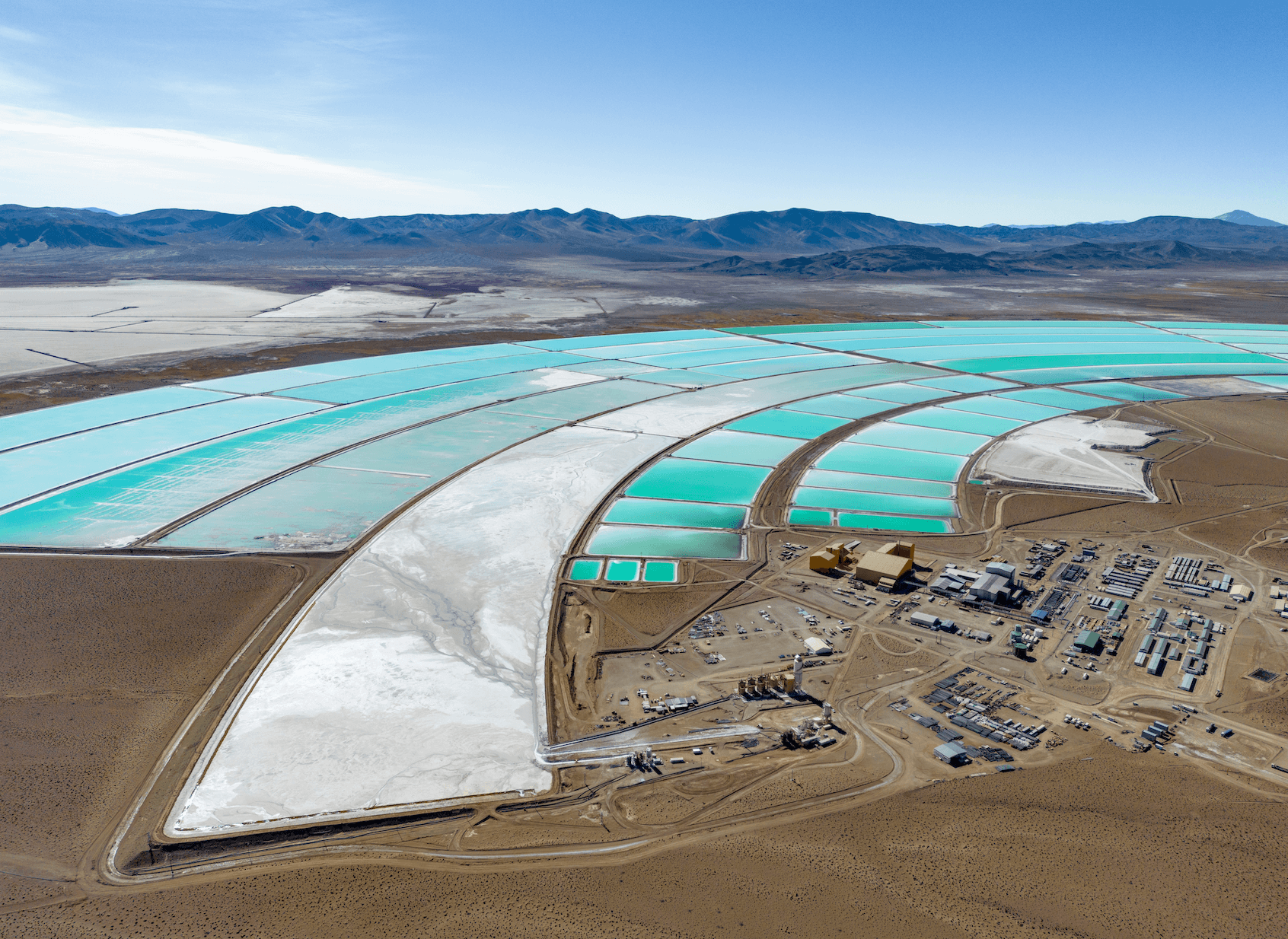The Role of Control Valves in the Lithium Mining Process
Lithium powers our modern lives. We use smartphones, laptops, and even pacemakers for years thanks to the soft, silvery metal. Lithium-ion batteries have also empowered us to rely less on polluting fossil fuels for transport by using electric vehicles (EVs) instead. And, consumers have embraced this green change—the EV share of the overall car market has jumped by 10% within 2 years.
But, this soaring demand means the world will need more than 2 million tonnes of lithium a year by 2030. This figure is up from 838,000 in 2024, which is already a challenge for lithium mining companies to fulfill. In the race to meet global needs, engineers must be able to increase their lithium yields while also meeting battery-grade standards. This is where process control systems, and crucially, control valves, have a key part to play—enhancing efficiency, safety and quality.
What is the lithium mining process?
Most companies use one of two methods for mining lithium today—brine recovery or hard-rock mining.
Brine recovery methods place great emphasis on the efficient pumping of brine. This starts with its extraction from underground deposits, but it must also move between evaporation ‘ponds’ to increase lithium concentration. Technological advances have unlocked new brine recovery methods, such as direct lithium extraction (DLE), that require less time and land. Here, effective process control is even more crucial to ensure high-quality lithium yields.
Hard-rock mining of lithium, mostly from spodumene, is a typical example of severe service conditions. Abrasive slurry, high temperatures, and corrosive and toxic substances truly test the limits of process control systems. With the accelerating demand for lithium, engineers must find specialized solutions for these challenges to minimize unplanned downtime and optimize their processes.
Control valves in the lithium mining process
To keep critical processes flowing in lithium mining, control valves’ design and construction have to endure the specific conditions of each extraction method.
Brine pumping
Issues like erosion and leaks caused by cavitation can threaten flow rate. This leads to energy inefficiency as brine is pumped to the surface of the earth and across evaporation ponds. Innovative new control valve trims, such as Trimteck’s ST range, can minimize or even eliminate cavitation.
Slurry management
Flotation and slurry flow in lithium mining need rugged, reliable control valves that can handle high temperatures and high levels of abrasion. These processes also require a high degree of control over slurry and chemical flow rates to optimize the lithium yield, both in terms of quantity and quality. Custom specialty control valves are the answer to balancing these process control needs.
Lithium extraction
In hard-rock lithium mining, achieving consistent and precise control of chemical flow in leaching and solvent extraction processes can be challenging. This is due to the highly corrosive nature of many of the chemicals involved, which can quickly compromise control valve performance. At Trimteck, we mitigate these severe service conditions by applying our CVD-5B™ Abrasion Resistance Metal Hardening to control valve elements. This acts as an economical alternative to tungsten carbide components.
DLE and other novel methods of lithium recovery from brine also require precise control to maintain extraction efficiency. One such method is reverse osmosis (RO), which relies on passing brine through a selective membrane at a consistent pressure to extract lithium. Precision-engineered control valves for RO applications can counteract issues like flashing and choking. This means that pressure can be maintained for longer without damaging the membrane.
Refining processes
Before lithium enters the final stages of production to become a lithium-ion battery, metallurgists must roll and finish it into foils or rods. To maintain the high temperatures within a specific range needed for these processes, heat control is imperative. The right control valve allows engineers to optimize their boiler’s feedwater system and, subsequently, their refining processes.
Enabling green progress with precision-engineered control
To continue meeting the accelerating demand for lithium, every engineer will want to minimize unplanned downtime and optimize the efficiency of their process control system. Getting your control valve specification right the first time saves issues down the line. A high-quality control valve that is the right size, design and construction for your application is easier to maintain and lasts longer. This is where Trimteck can help.
We design and manufacture custom specialty control valves that can withstand even the most severe services. And, with the help of our Applications Engineers or our AccuValve™ software, you can have complete confidence in the system fit and configuration for your application. Visit our Quote Center today to get started.


